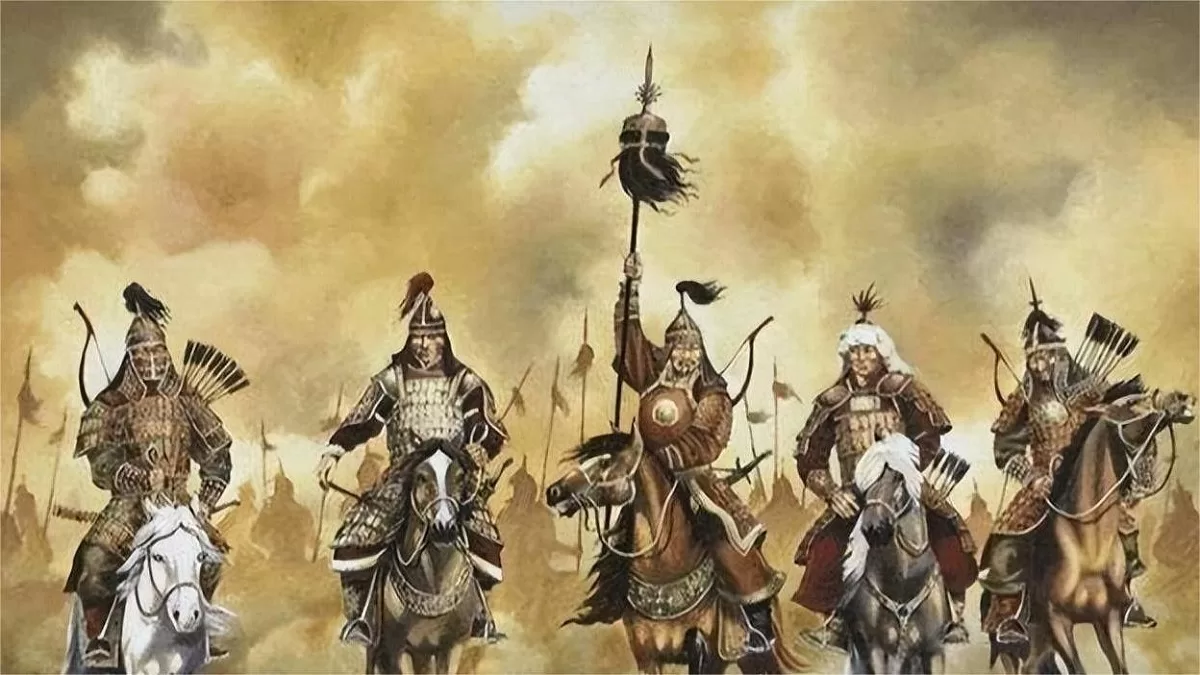The Battle of Yehuling, fought in 1211, stands as a pivotal conflict in history, marking the clash between the rising Mongol Empire under the leadership of Genghis Khan and the established Jin Dynasty of China. This momentous engagement unfolded in the Yehuling region, situated in the northeastern part of the Jin Empire’s territory, near the present-day border between China and Mongolia. Its outcomes reverberated through the annals of time, shaping the course of East Asian geopolitics and heralding the ascent of the Mongol Empire as a dominant force on the global stage.
At the onset of the 13th century, the Jin Dynasty held sway over Northern China, while Genghis Khan was steadily consolidating his power among the disparate Mongol tribes. Driven by an ambition to establish a vast empire and secure the loyalty of his people through conquest, Genghis Khan set his sights on the wealth and strategic importance of the Jin territories. The Battle of Yehuling emerged as a decisive point in this conflict, as the Mongol forces sought to breach the Jin defenses and bring their martial prowess to bear.
In the spring of 1211, the Mongol warriors, renowned for their equestrian expertise and swift maneuvers, gathered under Genghis Khan’s banner. These battle-hardened nomads were unmatched in their mounted archery skills, employing hit-and-run tactics that exploited their mobility. The Jin Dynasty, in contrast, fielded an army composed of both infantry and cavalry, yet their cohesion was hindered by internal divisions and inefficiencies in military organization.
The battle itself unfolded amidst the rugged terrain of Yehuling, marked by uneven terrain and dense forests. Genghis Khan’s strategic acumen came to the fore as he leveraged the topography to his advantage, orchestrating ambushes and encirclement tactics that disoriented the Jin forces. The Mongol cavalry, employing their signature “feigned retreat” maneuver, lured the Jin soldiers into unfavorable positions, only to pivot suddenly and unleash a devastating volley of arrows. This unorthodox strategy left the Jin commanders confounded and their troops demoralized.
The Jin Dynasty’s attempts to repel the Mongol onslaught were hampered by a series of misjudgments and a lack of unity among their leadership. The Mongol forces exploited these weaknesses, encircling and overwhelming the Jin army. The Battle of Yehuling culminated in a resounding victory for Genghis Khan’s forces, heralding a shift in the balance of power in the region. The triumph bolstered the confidence of the Mongols and attracted further tribes to their burgeoning empire, while the Jin Dynasty began its decline.
The aftermath of the battle was marked by the systematic erosion of the Jin Dynasty’s dominion over Northern China. Genghis Khan capitalized on the momentum gained at Yehuling, launching subsequent campaigns that progressively eroded Jin territory. The conquest of the Jin capital, Zhongdu (modern-day Beijing), in 1215, marked a significant turning point, leading to the eventual collapse of the dynasty and the establishment of Mongol rule over China.
The Battle of Yehuling, therefore, occupies a vital place in history as a clash that precipitated the rise of the Mongol Empire as a dominant global force and the decline of the Jin Dynasty. Its impact extended beyond military conquests, reshaping the geopolitical landscape of East Asia and setting the stage for the subsequent expansion of the Mongol Empire under the leadership of Genghis Khan and his successors.


